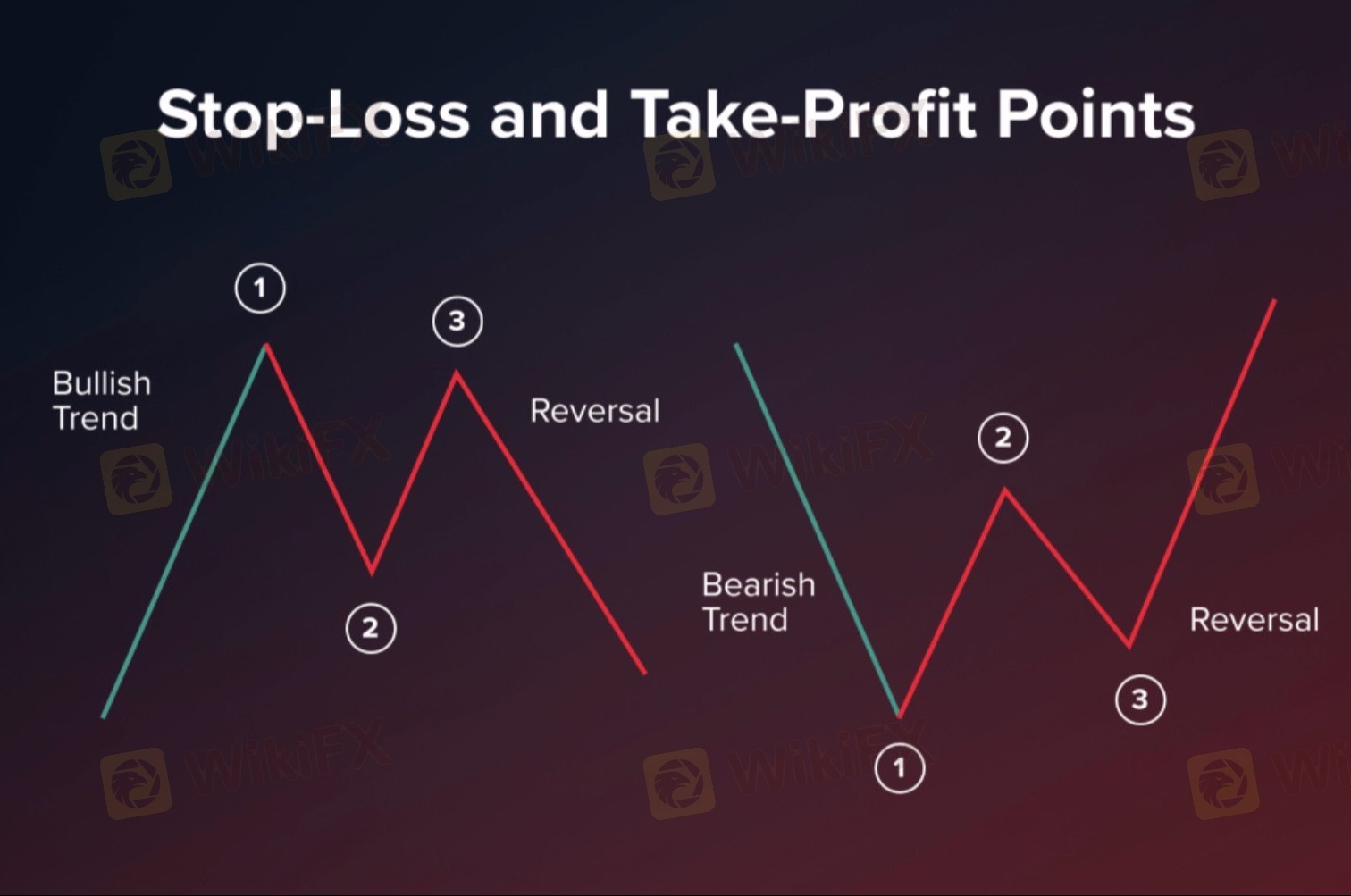
2025-02-18 01:08
IndustryAdapting risk strategies in bullish markets
#forexRiskTip
Adapting risk strategies in bullish markets is crucial for maximizing gains while protecting against potential reversals. While bullish markets present lucrative opportunities, they also carry risks of overexposure and complacency. Here’s how to adjust risk strategies effectively:
Risks in Bullish Markets:
1. Overconfidence and Complacency: Traders may become overconfident, leading to larger positions, increased leverage, and neglect of risk management rules.
2. Sharp Corrections and Reversals: Bull markets are prone to sudden corrections or profit-taking, resulting in rapid declines.
3. Overvaluation and Bubbles: Extended bullish trends can lead to overvaluation, increasing the risk of sharp price adjustments.
4. Crowded Trades and Herd Behavior: Following the crowd can lead to crowded trades, increasing volatility when sentiment shifts.
Adapting Risk Strategies for Bullish Markets:
1. Adjust Position Sizing: Gradually increase position sizes to capitalize on upward momentum, but avoid overleveraging. Maintain a balanced approach to protect against sudden reversals.
2. Trailing Stop-Loss Orders: Use trailing stops to lock in profits as prices rise, ensuring gains are protected while allowing for continued upside.
3. Take Partial Profits: Secure profits incrementally by selling portions of winning positions at predetermined price targets. This helps reduce risk exposure while maintaining upside potential.
4. Diversification Across Sectors: Diversify investments across different sectors to reduce systematic risk and avoid overexposure to a single market trend.
5. Hedging Strategies: Use hedging instruments like options (e.g., protective puts) or inverse ETFs to protect gains against potential pullbacks.
6. Risk-Reward Ratio Adjustment: In bullish markets, slightly adjust risk-reward ratios to capitalize on upward trends, but maintain discipline in risk management.
7. Stay Informed on Macroeconomic Events: Monitor macroeconomic indicators (e.g., interest rates, inflation) that can influence bullish trends, allowing for proactive risk adjustments.
8. Cautious Leverage Use: If using leverage, do so conservatively to amplify gains without risking significant losses during corrections.
9. Sentiment Analysis: Monitor market sentiment indicators, such as the VIX (Volatility Index) or put/call ratios, to gauge over-optimism and prepare for potential pullbacks.
10. Regular Review and Adaptation: Continuously review and adjust the risk strategy based on evolving market conditions and personal risk tolerance.
Would you like help setting up trailing stops or guidance on using hedging strategies effectively in bullish markets?
Like 0
FX2786310992
Trader
Hot content
Industry
Event-A comment a day,Keep rewards worthy up to$27
Industry
Nigeria Event Giveaway-Win₦5000 Mobilephone Credit
Industry
Nigeria Event Giveaway-Win ₦2500 MobilePhoneCredit
Industry
South Africa Event-Come&Win 240ZAR Phone Credit
Industry
Nigeria Event-Discuss Forex&Win2500NGN PhoneCredit
Industry
[Nigeria Event]Discuss&win 2500 Naira Phone Credit
Forum category

Platform

Exhibition

Agent

Recruitment

EA

Industry

Market

Index
Adapting risk strategies in bullish markets
 India | 2025-02-18 01:08
India | 2025-02-18 01:08#forexRiskTip
Adapting risk strategies in bullish markets is crucial for maximizing gains while protecting against potential reversals. While bullish markets present lucrative opportunities, they also carry risks of overexposure and complacency. Here’s how to adjust risk strategies effectively:
Risks in Bullish Markets:
1. Overconfidence and Complacency: Traders may become overconfident, leading to larger positions, increased leverage, and neglect of risk management rules.
2. Sharp Corrections and Reversals: Bull markets are prone to sudden corrections or profit-taking, resulting in rapid declines.
3. Overvaluation and Bubbles: Extended bullish trends can lead to overvaluation, increasing the risk of sharp price adjustments.
4. Crowded Trades and Herd Behavior: Following the crowd can lead to crowded trades, increasing volatility when sentiment shifts.
Adapting Risk Strategies for Bullish Markets:
1. Adjust Position Sizing: Gradually increase position sizes to capitalize on upward momentum, but avoid overleveraging. Maintain a balanced approach to protect against sudden reversals.
2. Trailing Stop-Loss Orders: Use trailing stops to lock in profits as prices rise, ensuring gains are protected while allowing for continued upside.
3. Take Partial Profits: Secure profits incrementally by selling portions of winning positions at predetermined price targets. This helps reduce risk exposure while maintaining upside potential.
4. Diversification Across Sectors: Diversify investments across different sectors to reduce systematic risk and avoid overexposure to a single market trend.
5. Hedging Strategies: Use hedging instruments like options (e.g., protective puts) or inverse ETFs to protect gains against potential pullbacks.
6. Risk-Reward Ratio Adjustment: In bullish markets, slightly adjust risk-reward ratios to capitalize on upward trends, but maintain discipline in risk management.
7. Stay Informed on Macroeconomic Events: Monitor macroeconomic indicators (e.g., interest rates, inflation) that can influence bullish trends, allowing for proactive risk adjustments.
8. Cautious Leverage Use: If using leverage, do so conservatively to amplify gains without risking significant losses during corrections.
9. Sentiment Analysis: Monitor market sentiment indicators, such as the VIX (Volatility Index) or put/call ratios, to gauge over-optimism and prepare for potential pullbacks.
10. Regular Review and Adaptation: Continuously review and adjust the risk strategy based on evolving market conditions and personal risk tolerance.
Would you like help setting up trailing stops or guidance on using hedging strategies effectively in bullish markets?
Like 0
I want to comment, too
Submit
0Comments

There is no comment yet. Make the first one.

Submit
There is no comment yet. Make the first one.